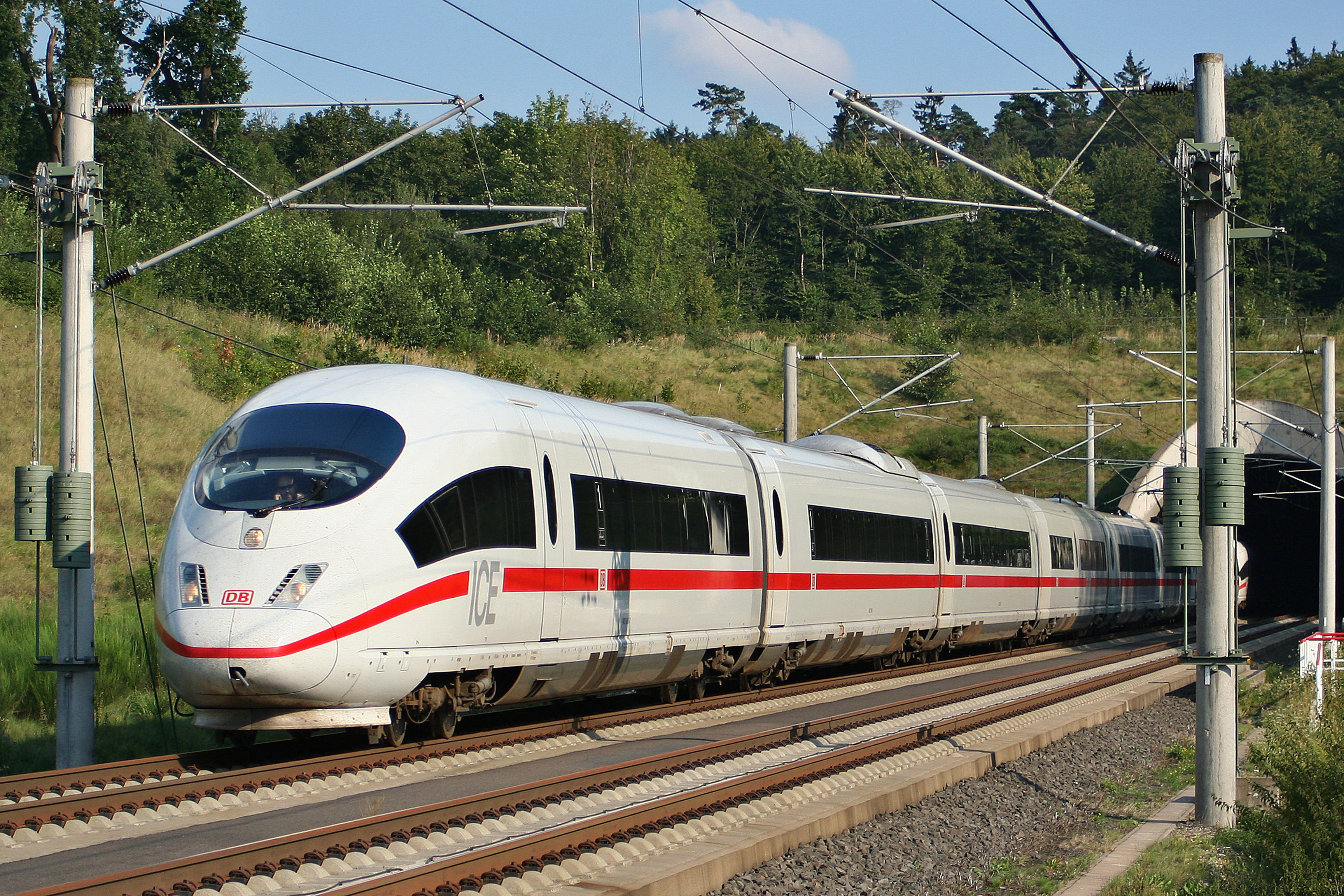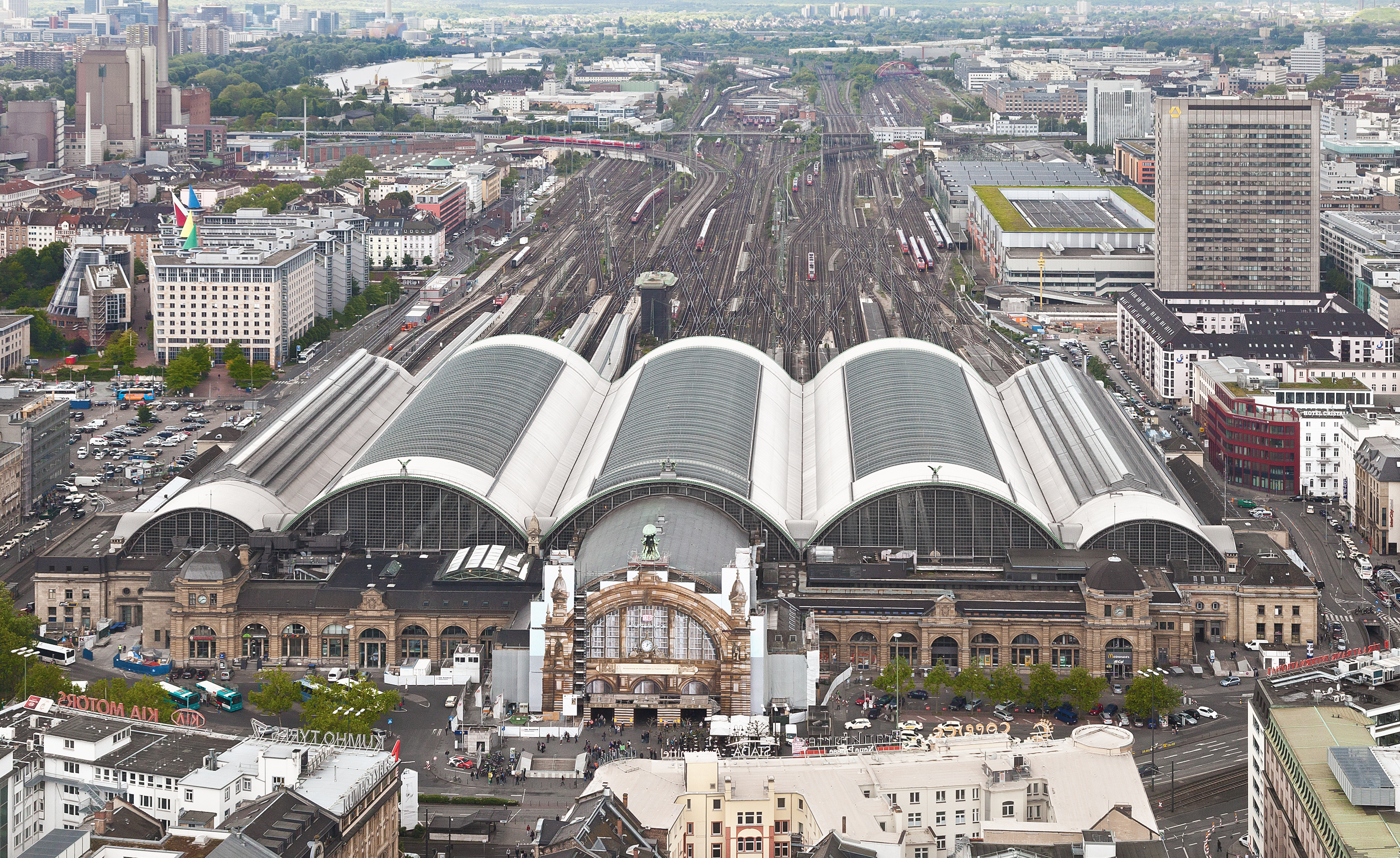|
Unna-Königsborn Station
Unna-Königsborn station is located in the city of Unna in the German state of North Rhine-Westphalia. It is at the end of the remaining section of the Welver–Sterkrade railway, line from Dortmund. S4 (Rhine-Ruhr S-Bahn), Line S 4 trains of the Rhine-Ruhr S-Bahn reverse here on their way to and from Unna station. It is classified by Deutsche Bahn as a German railway station categories, category 6 station. The station is served by S 4 services between Unna and Dortmund-Lütgendortmund station via Dortmund Stadthaus station, Dortmund Stadthaus and Dortmund-Dorstfeld station, Dortmund-Dorstfeld at 30-minute intervals (15-minute intervals in the peak between Dortmund-Lütgendortmund and Unna-Königsborn). It is also served by bus route C43 at 60-minute intervals during the day and R53 at 20- or 40-minute intervals, both operated by ''Verkehrsgesellschaft Kreis Unna''. Notes Rhine-Ruhr S-Bahn stations S4 (Rhine-Ruhr S-Bahn) Railway stations in Germany opened in 1876 Unna ... [...More Info...] [...Related Items...] OR: [Wikipedia] [Google] [Baidu] |
Unna
Unna () is a city of around 59,000 people in North Rhine-Westphalia, Germany, the seat of the Unna (district), Unna district. The newly refurbished Unna station has trains to all major cities in North Rhine Westphalia including Dortmund, Köln Hauptbahnhof, Cologne, Münster Hauptbahnhof, Münster, Hamm (Westfalen) station, Hamm, Düsseldorf and Wuppertal Hauptbahnhof, Wuppertal. There is also the Regional-Express 7 (Rhein-Münsterland-Express), which runs from Rheine station, Rheine via Cologne to Krefeld Hauptbahnhof, Krefeld. Geography Unna is situated on an ancient salt-trading route, the Hellweg, Westphalian Hellweg. Trade on this route and during the period of the Hanseatic League came from as far as London. The city is located at the eastern extremity of the Ruhr, Ruhr district, about east of the centre of Dortmund. Unna also serves as a dormitory city, being home to many commuters who work in Dortmund and other nearby cities. Local dialects of German include Westphalian ... [...More Info...] [...Related Items...] OR: [Wikipedia] [Google] [Baidu] |
North Rhine-Westphalia
North Rhine-Westphalia or North-Rhine/Westphalia, commonly shortened to NRW, is a States of Germany, state () in Old states of Germany, Western Germany. With more than 18 million inhabitants, it is the List of German states by population, most populous state in Germany. Apart from the city-states (Berlin, Hamburg and Bremen), it is also the List of German states by population density, most densely populated state in Germany. Covering an area of , it is the List of German states by area, fourth-largest German state by size. North Rhine-Westphalia features 30 of the 81 German municipalities with over 100,000 inhabitants, including Cologne (over 1 million), the state capital Düsseldorf (630,000), Dortmund and Essen (about 590,000 inhabitants each) and other cities predominantly located in the Rhine-Ruhr metropolitan area, the largest urban area in Germany and the fourth-largest on the European continent. The location of the Rhine-Ruhr at the heart of the European Blue Banana make ... [...More Info...] [...Related Items...] OR: [Wikipedia] [Google] [Baidu] |
Welver–Sterkrade Railway
The Welver–Sterkrade railway is a former through railway line from the Westphalian town of Welver to Oberhausen, Sterkrade in the western Ruhr region in Germany, which is now broken into four disconnected sections. Because its route ran along the Emscher river it was known as the ''Westphalian Emscher Valley Railway''. The sections from Unna-Königsborn to the former Dortmund South station and from Dortmund-Dorstfeld to Dortmund-Mengede is now an entirely two-track electrified railway and is served by the Rhine-Ruhr S-Bahn (lines S 2 and S 4). There are two sections, each of only a few kilometres, in Gelsenkirchen and in Bottrop and Oberhausen, which have traditionally been used exclusively for freight. History The line was built by the Royal Westphalian Railway Company (, KWE) to connect its network, which at that time mostly ran through northern and eastern Westphalia, to the Ruhr area in the west in order to serve the lucrative traffic from its coal mines and factories. We ... [...More Info...] [...Related Items...] OR: [Wikipedia] [Google] [Baidu] |
Fröndenberg–Kamen Railway
The Fröndenberg–Kamen railway is a single-track, partially electrified and partially disused railway line in the German state of North Rhine-Westphalia. It runs from Fröndenberg via Unna to Unna-Königsborn and formerly on to Kamen. Since 2022, the line between Fröndenberg and Unna has been closed for the foreseeable future due to damage to the railway embankment caused by badgers. History The Fröndenberg-Kamen line was built at the turn of the 20th Century as a railway branch line by the Royal railway divisions () of Elberfeld and Essen of the Prussian state railways to connect, in the form of an S-shaped curve, four stations on major east-west routes, which were built in the second half of the 19th century by three competing major private railway companies in Westphalia (from north to south): *Kamen station on the Dortmund–Hamm line, opened by the Cologne-Minden Railway Company in 1847, *Unna-Königsborn station on the Welver–Sterkrade line, opened by the Royal We ... [...More Info...] [...Related Items...] OR: [Wikipedia] [Google] [Baidu] |
DB Regio NRW
DB Regio AG () is a subsidiary of Deutsche Bahn which operates regional and commuter train services in Germany. It is a 100% subsidiary of the Deutsche Bahn Group and therefore part of the DB Regio business segment, which also includes DB Regionnetz Verkehrs GmbH and other independent subsidiaries headquartered in Frankfurt am Main. The company as a mainly nationwide operational company is responsible for all regional transport activities ( rail and bus) of the DB Group in Germany. This includes traffic in neighboring countries. DB Regio serves 310 lines with 22,800 trains and 295,000 stops every day, serving about ten million customers. History Foundation and early years DB Regio AG emerged during the second stage of the rail reform on 1 January 1999, from the local transport division of Deutsche Bahn AG. Original plans were for them to be listed on the stock exchange by 2003. An IPO has not yet been implemented. The articles of association for DB Regio GmbH were conclude ... [...More Info...] [...Related Items...] OR: [Wikipedia] [Google] [Baidu] |
S4 (Rhine-Ruhr S-Bahn)
Line S 4 is an S-Bahn of the Rhine-Ruhr S-Bahn, running from to the Dortmund suburb of Dortmund-Lütgendortmund station, Dortmund-Lütgendortmund. It is operated by DB Regio on behalf of Verkehrsverbund Rhein-Ruhr. It is operated at 30-minute intervals (15-minute intervals in the peak between Dortmund-Lütgendortmund and ) using DBAG Class 422, class 422 four-car electrical multiple units. Line S 4 runs over several lines: * from Dortmund-Lütgendortmund to Dortmund-Germania station, Dortmund-Germania over the new S-Bahn line (2213), opened by Deutsche Bahn on 2 May 1993, * from Dortmund-Germania to Dortmund Stadthaus station, Dortmund Stadthaus over the Osterath–Dortmund Süd railway, Rhenish Ruhr line, opened by the Rhenish Railway Company on 19 November 1874, * from Dortmund Stadthaus to Unna-Königsborn station, Unna-Königsborn over the Welver–Sterkrade railway, Welver–Sterkrade line opened by the Royal Westphalian Railway Company on 15 May 1876, * from Unna-Königsborn ... [...More Info...] [...Related Items...] OR: [Wikipedia] [Google] [Baidu] |
Rhine-Ruhr S-Bahn
The Rhine-Ruhr S-Bahn () is a polycentric S-bahn network covering the Rhine-Ruhr Metropolitan Region in the German federated state of North Rhine-Westphalia. This includes most of the Ruhr (and cities such as Dortmund, Duisburg and Essen), the Berg cities of Wuppertal and Solingen and parts of the Rhineland (with cities such as Cologne and Düsseldorf). The easternmost city within the S-Bahn Rhine-Ruhr network is Unna, the westernmost city served is Mönchengladbach. The S-Bahn operates in the areas of the Verkehrsverbund Rhein-Ruhr and Verkehrsverbund Rhein-Sieg tariff associations, touching areas of the Aachener Verkehrsverbund (AVV) at Düren and Westfalentarif at Unna. The network was established in 1967 with a line connecting Ratingen Ost to Düsseldorf-Garath. The system consists of 16 lines. With a system length of , it is the second-largest S-Bahn network in Germany, behind ''S-Bahn Mitteldeutschland''. Most of them are operated by DB Regio NRW, while line S28 is op ... [...More Info...] [...Related Items...] OR: [Wikipedia] [Google] [Baidu] |
Unna Station
Unna station is the main passenger station in the Westphalian city of Unna in the German state of North Rhine-Westphalia. The other stations in the city that are served by regular passenger services are Unna-Königsborn, Unna West, Massen, Lünern and Hemmerde. History The station was opened in 1855 as part of the Dortmund–Soest railway built by the Bergisch-Märkische Railway Company (BME) and equipped with an impressive station building, which was sold for non-rail purposes in 2005. In 1866, the BME opened the line from Unna to Hamm to connect with the Cologne-Minden trunk line. Later the line was extended from Unna to Hagen, making Unna station into a railway junction of regional importance. Between 1899 and 1901 the Prussian state railways opened the Fröndenberg–Kamen railway to connect the three east-west lines in the area. The southern part connected with the line to Menden, which was opened in 1872; this line was extended in 1912 to Neuenrade as the Hönne ... [...More Info...] [...Related Items...] OR: [Wikipedia] [Google] [Baidu] |
Deutsche Bahn
(, ; abbreviated as DB or DB AG ) is the national railway company of Germany, and a state-owned enterprise under the control of the German government. Headquartered in the Bahntower in Berlin, it is a joint-stock company ( AG). DB was founded after the merger between Deutsche Bundesbahn and the East German Deutsche Reichsbahn in 1994 after the unification of Germany and has been operating ever since. is the second-largest transport company in Germany, after the German postal and logistics company / DHL. DB provides both long-distance and regional transport, serving around 132 million long distance passengers and 1.6 billion regional passengers in 2022. In 2022, DB transported 222 million tons of cargo. Company profile The group is divided into several companies, including '' DB Fernverkehr'' (long-distance passenger), '' DB Regio'' (local passenger services) and '' DB Cargo'' (rail freight). The Group subsidiary '' DB InfraGO'' also operates large parts of the German ... [...More Info...] [...Related Items...] OR: [Wikipedia] [Google] [Baidu] |
German Railway Station Categories
The approximately 5,400 railway stations in Germany that are owned and operated by the subsidiary DB InfraGO are divided into seven categories, denoting the service level available at the station. This categorisation influences the amount of money railway companies need to pay to DB Station&Service for using the facilities at the stations. Categories Category 1 The 21 stations in Category 1 are considered traffic hubs. They are permanently staffed and carry all sorts of railway-related facilities, as well as usually featuring a shopping mall in the station. Many are the main station ( or ''Hbf'') of larger cities. However, some are located in smaller cities, such as Karlsruhe Hauptbahnhof, and are regarded as important because they are at the junction of important railway lines. Berlin, Hamburg, Munich and Cologne, the four biggest cities in Germany, have more than one Category 1 station. Included in this category are the following stations: *Berlin-Gesundbrunnen stati ... [...More Info...] [...Related Items...] OR: [Wikipedia] [Google] [Baidu] |
Dortmund-Lütgendortmund Station
Dortmund-Lütgendortmund station is a single-track, underground terminal station in the city of Dortmund in the German state of North Rhine-Westphalia. The platform is accessible by stairs, escalator or lift. It was opened in 1993 at the end of an extension of Line S 4 trains of the Rhine-Ruhr S-Bahn. Trains reverse here in order to return to Unna station. It is classified by Deutsche Bahn as a category 5 station. History The station was built as part of the extension of a fragment of the Rhenish Railway Company's Ruhr line, which opened in 1874. Line S 4 services commenced operation to the station on 23 May 1993. The nearest bus stop had been called ''Lütgendortmunder Markt'', but it was renamed ''Dortmund Lütgendortmund S-Bahn station''. Extension of the S 4 line from its current western end in the tunnel at Dortmund-Lütgendortmund was formerly planned to be implemented with a target of opening it in 2015. This would have included an extension of the single-track tunnel ... [...More Info...] [...Related Items...] OR: [Wikipedia] [Google] [Baidu] |



